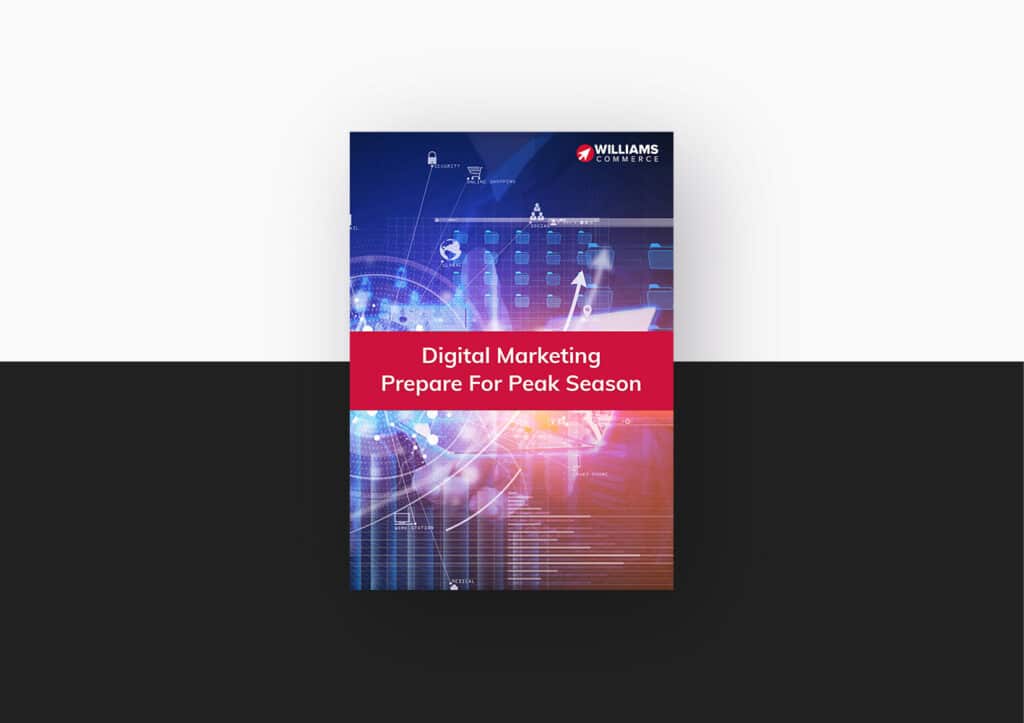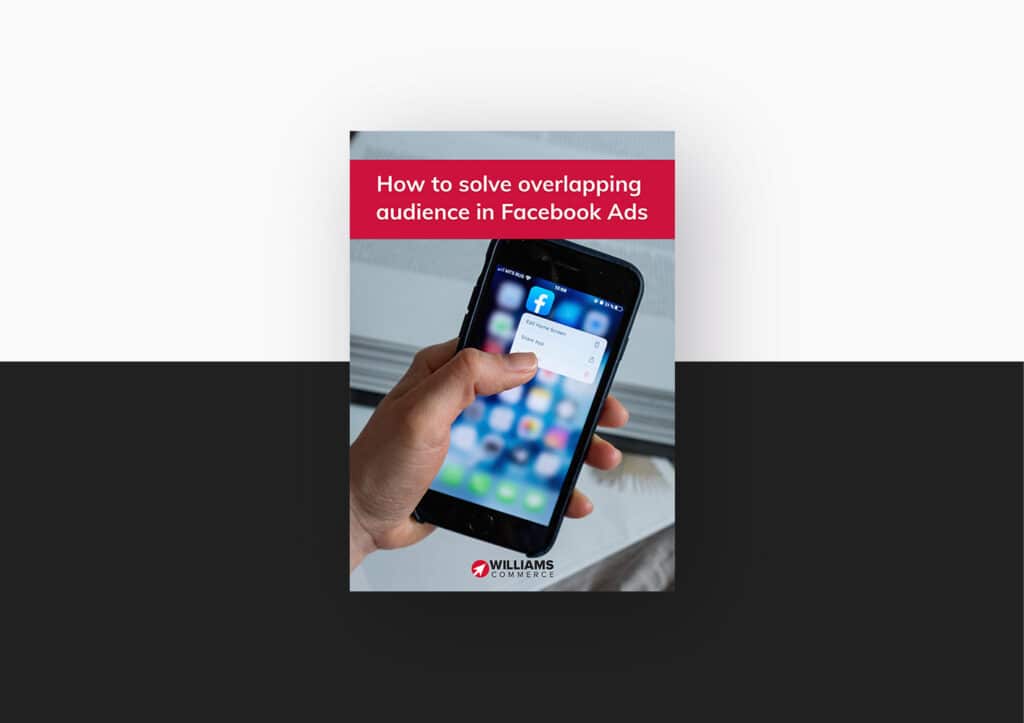How you implement your ecommerce personalization strategy will be influenced by where your customers are in their purchasing journey.
You will want to impress first-time visitors to your ecommerce site with its ease of use, helpful product suggestions, and a frictionless checkout with a guest option if they’re not yet ready to register on your site.
In contrast, you might offer your most loyal customers an easy login feature and a personalized landing page with curated content, immediate offers, promotions, and recommendations based on their previous purchases.
Prioritizing personalization
Companies that use personalization effectively generate 40% more revenue, can reduce the cost of acquiring customers by up to 50%, and increase marketing spend efficiency by up to 30%.
In the past, you might have used aggregated third-party data that you didn’t collect directly from your customers to help improve your ecommerce personalization.
However, there’s increasing awareness and concern about the use of personal data and online businesses must comply with the General Data Protection Regulation (GDPR) and ePrivacy in the EU and UK, the California Consumer Privacy Act (CCPA) and other data protection regulations currently being developed around the world.
Firefox’s Enhanced Tracking Protection (ETP), Safari’s Intelligent Tracking Prevention (ITP) and Google’s intention to phase out third-party cookies all mean you can no longer rely on third-party tracking.
Now the emphasis is shifting to zero-party and first-party data as the basis for your personalization. You can collect data through your digital channels and, in return for added value user experiences (UX), your customers can choose whether they will allow you to collect and use data about them.
What are zero-party and first-party data?
Customers can intentionally and proactively agree to share zero-party data including preferences, purchase intentions, personal information about how they want to be contacted or recognized. You can use pop-up forms, chatbots or surveys to collect relevant data and obtain permission to use it. Innovators like My Jewellery have gone further with a style profile test to collect data using a quiz-style format that identifies their preferences.
For ecommerce businesses this is valuable because it is a strong signal of interest and the details provided are usually accurate. As long as the purpose for collecting the information is clear and it is willingly given there won’t be any concerns about compliance. However, your customers will expect improved brand experiences in exchange for the information they have shared.
First-party data is information you have collected directly about your customers with their permission when they interact with your own channels and sources including your mobile apps, ecommerce sites, social media, SMS, emails and customer enquiries.
It can include demographic details or purchase histories and data about interactions like browsing habits, events, or content preferences. Google and the Boston Consulting Group have found that, when used responsibly and effectively for marketing, first party data can almost treble revenue and provide significant cost savings.
It can be time-consuming to collect first-party data and build up an accurate picture of your customers. However, it will be unique to your business so it can potentially give you a competitive advantage.
Using first-party data
Real-time product recommendations can really engage your customers as soon as they arrive on a landing page. For example, Yves Rocher wanted to optimize personalized product recommendations for returning customers and first-time visitors. The company used artificial intelligence (AI) to automate individual customer journeys and improve engagement based on customer behavior data that they held combined with intelligent predictive segmentation.
It has been many years since research suggested that Facebook knew its users better than their friends. The average user’s 227 likes provide enough information for the platform to make highly accurate predictions about their personality. For businesses this level of accuracy can significantly enhance personalized customer experiences.
Collecting first-party data allows you to understand customer segments more fully so you can improve your content marketing and product offers, along with Amazon-like recommendations for ‘customers who bought this also liked X’. First party data can help with retargeting advertisements based on anonymous behavior or previous purchasing histories. Based on known customer journeys you can more effectively predict what new customers are looking for.
You can also use first party data to identify your most profitable customer types so you can prioritize those with the highest lifetime value and those most likely to be your brand ambassadors.
Start your first-party data journey
One of the biggest challenges for many organizations is maintaining a single source of truth for their data. Integrating your business systems and ecommerce channels effectively will allow you to make the best possible use of your first-party data.
Taking advantage of data collection tools like Klaviyo and powerful artificial intelligence and machine learning technology like Adobe Sensei you can rapidly build accurate customer profiles and effective new market segments to improve your personalization and marketing performance.
Working with the strong team of systems architects, consultants, business and systems analysts at Williams Commerce you can plan and achieve digital transformation and optimize your use of zero-party and first-party data.
Talk to one of our experts today.



